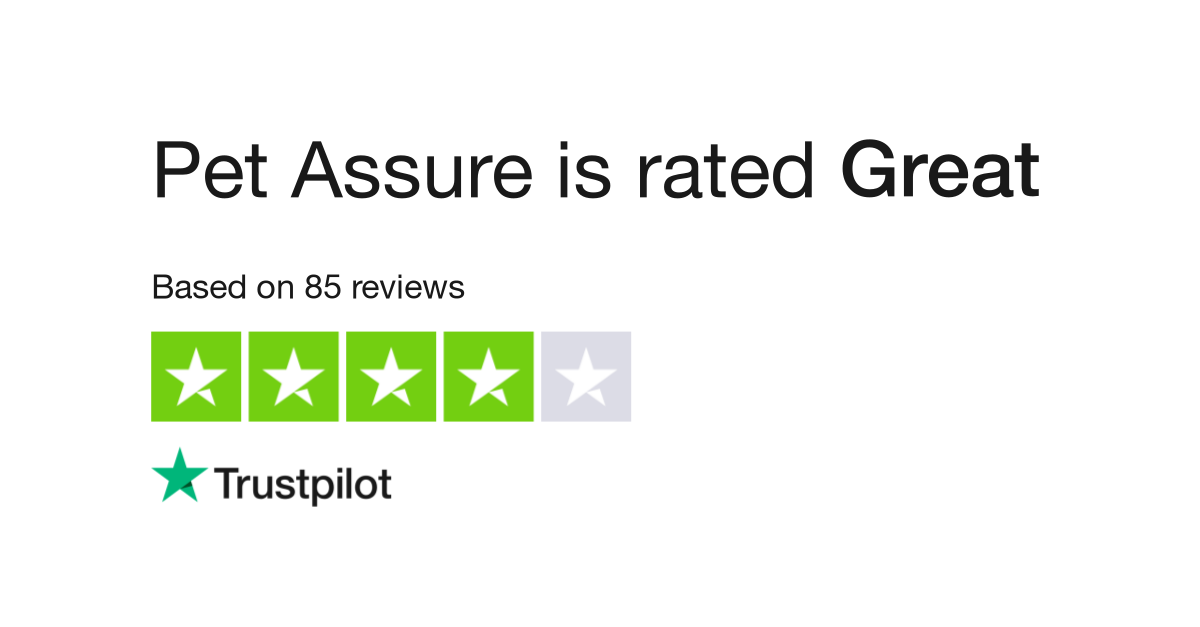
Think about what options you have when offering health insurance to your employees. You have the option to choose from basic, extra life, or HRA (health reimbursement arrangements) coverages. It is very expensive to get health insurance for employees. Make sure you weigh the benefits and costs before making a decision. This will help you choose the right plan for your needs and budget. Learn more about health insurance for employees.
Employers can have health insurance
Employee health insurance is a type of group insurance. It is purchased by employers for their employees. These plans offer affordable coverage to employees and their families. Because the risk is spread across a larger group, employee health insurance plans have lower costs. They also offer additional benefits to the employees' immediate family members.
Employers should think about what benefits they would like to offer employees when choosing a health insurance plan for their employees. Employers may be interested in critical illness coverage, accident insurance, or mental health benefits. However, many of these plans have sub-limits that prevent employees from fully utilizing their benefits.

Employees can get life insurance
Employees in government agencies and schools are eligible for a basic life insurance policy and AD&D insurance coverage of up to $50,000. To sign up, employees must fill out an enrollment form. This allows the employee to choose beneficiaries and make any changes. A basic life policy for a spouse and children can be purchased by employees for $0.63 more per month.
The addition of life insurance to your employee benefits package is a wonderful complement. These policies give employees the ability to customize their coverage according to their requirements and are frequently updated to reflect changing needs. They can also easily be paid for via payroll deduction.
Health reimbursement arrangements (HRAs)
For employee health coverage, health reimbursement arrangements (HRAs), must meet the requirements of group plans. For example, HRAs must not impose annual dollar limits on EHBs and must cover preventive services without cost-sharing. HRAs not built to meet these requirements must be integrated with group-health plans.
Although HRAs are not the right solution for every employer, they can offer some benefits that can reduce the cost of health care. Recent rules have made HRAs more flexible, allowing employers to offer HRAs with "exceptional benefit" as an addition to their group health plans. These HRAs are able to pay for copays, deductibles, or other expenses not covered by your primary plan.

Employer health insurance costs
Offering health insurance to employees is a great way for them to stay healthy and happy. Plus, it can save your business money on taxes. The cost of offering health insurance depends on the type of coverage and the number of employees. Because they don't have the purchasing power of larger corporations, small businesses tend to pay more for employees' insurance coverage. The same policy can cost small businesses anywhere from 8 to 18% more than large corporations. A business's industry and workers' past health claims can affect the cost of health insurance.
Offering health insurance coverage is a popular way to attract skilled employees. However, small and large business owners are becoming more concerned about the cost of their health insurance. Health care coverage can also include premium costs such as copays, prescription medication, deductibles and a high cost of premiums. As a result, many small and midsized businesses are now incorporating telemedicine and retail health care services into their plans.